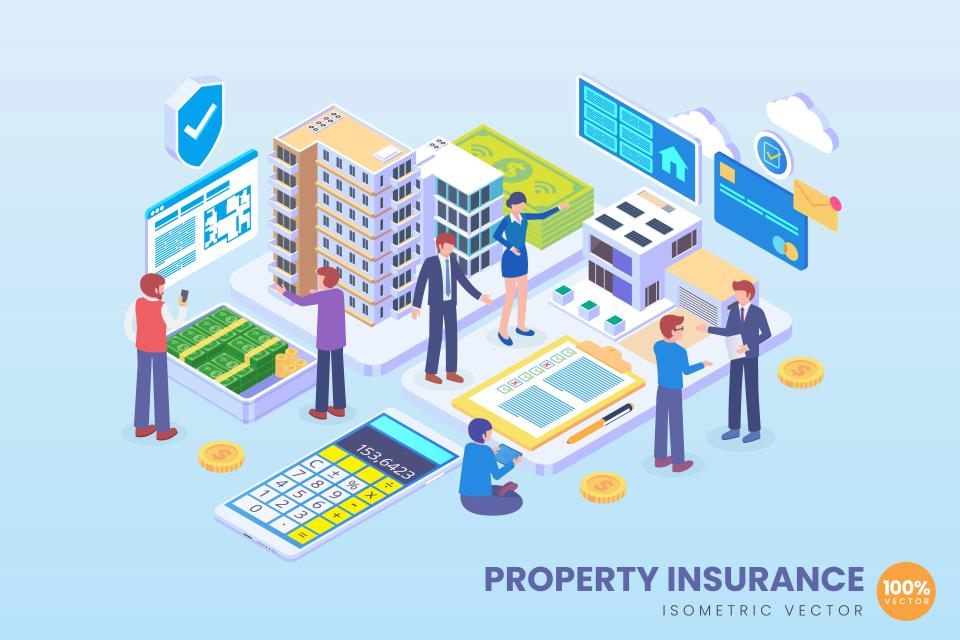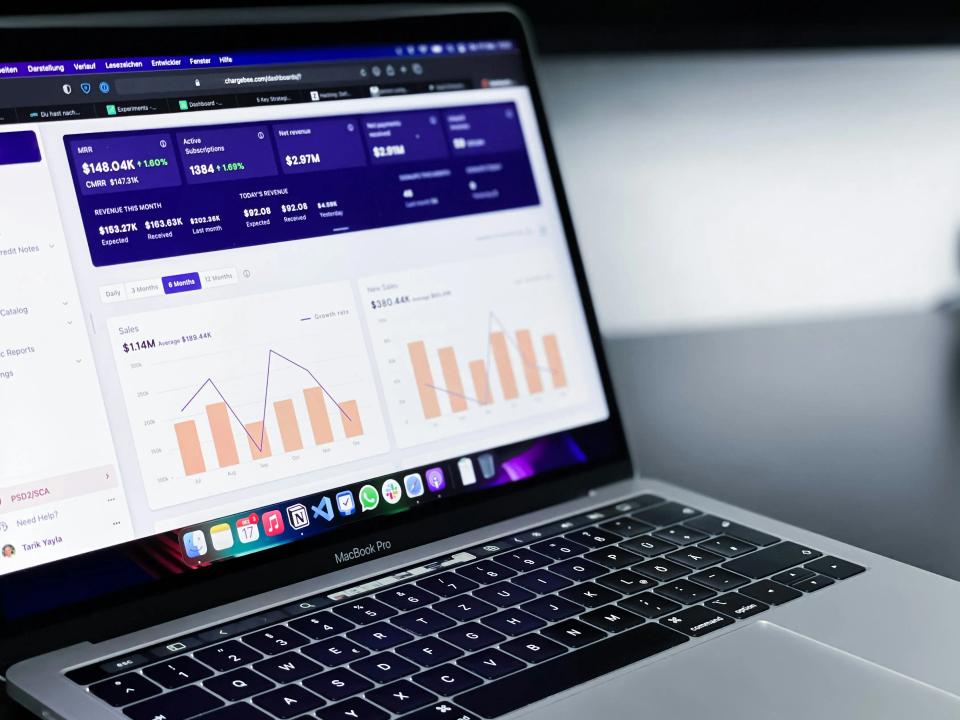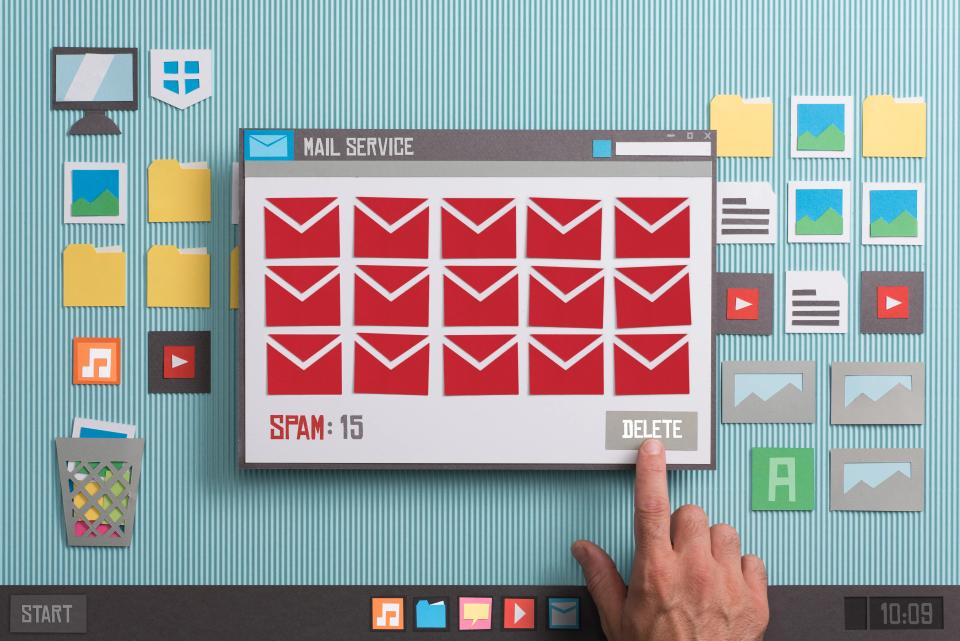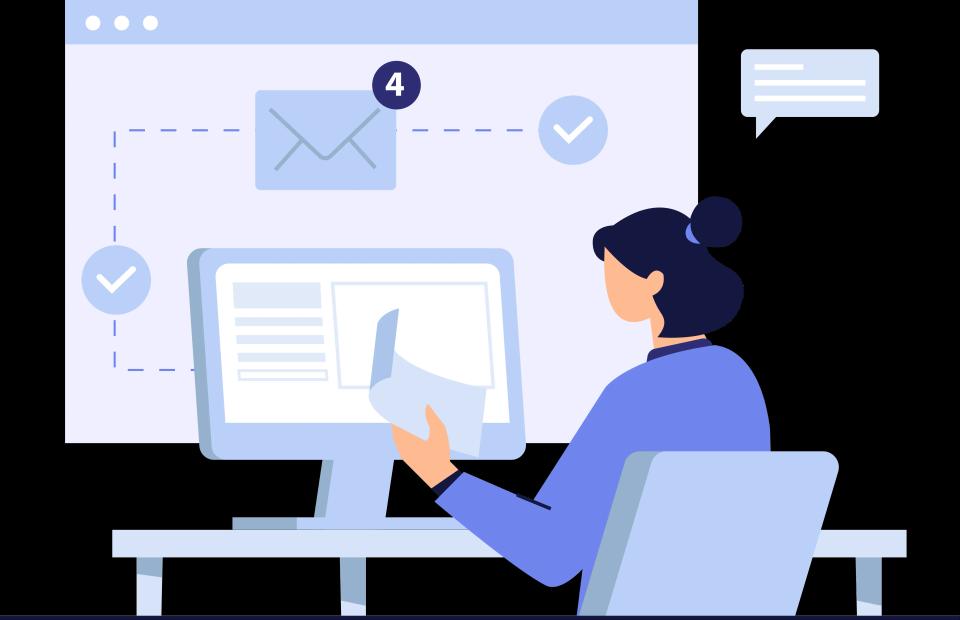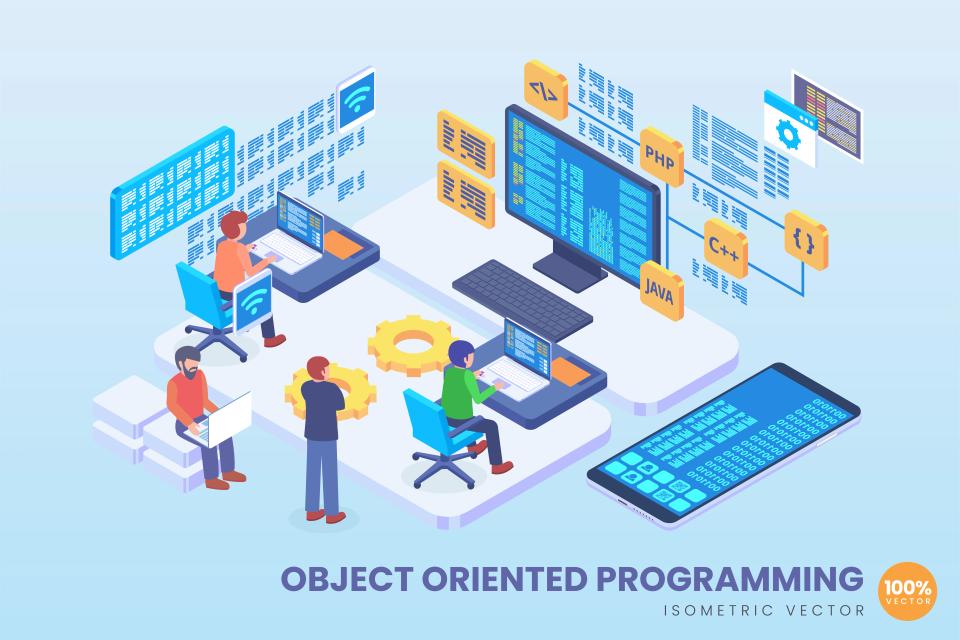Tired of the feast-or-famine cycle in insurance sales? You know the feeling. One month, your pipeline is overflowing, the next, it’s drier than a desert. What if you could build a consistent, predictable flow of qualified leads, eager to hear how you can protect their most valuable assets?
Cold email, when done right, isn't just another marketing tactic; it's your direct line to decision-makers, a powerful tool to cut through the noise and speak directly to their deepest needs for security and peace of mind. Many in the insurance world shy away, fearing rejection or the dreaded spam folder. But imagine bypassing gatekeepers and landing your message right where it matters. Industry insights consistently highlight email marketing's impressive return on investment, often outperforming other digital channels when executed strategically.
This guide isn't about spamming inboxes. It's about crafting compelling, personalized messages that resonate, build trust, and ultimately, fill your calendar with appointments. Let's unlock the secrets to making cold email your most potent lead generation weapon.
Understanding Your Insurance Audience
Who are you really talking to? Slinging generic emails into the void is a surefire way to fail. To truly connect, you must first understand the hopes, fears, and motivations of your ideal insurance client.
Identifying Target Demographics
Are you chasing business owners worried about liability, or families seeking to protect their future? The distinction between business and personal insurance prospects is vast, each requiring a unique approach. A commercial client might be focused on regulatory compliance and business continuity, while a personal lines prospect is driven by protecting loved ones and personal property. It's widely observed that tailored messaging significantly boosts engagement.
Drill down further. Within business insurance, are you targeting bustling restaurants, innovative tech startups, or established manufacturing plants? Each industry faces unique risks and therefore needs specialized coverage. Identifying the key decision-maker is also crucial; is it the hands-on CEO, the meticulous CFO, or an HR manager concerned with employee well-being? Knowing their specific role helps you frame your solution in a way that speaks directly to their responsibilities and pressures.
Pain Points and Triggers
What keeps your prospects awake at night? It’s rarely the intricacies of an insurance policy. It’s the fear of a devastating lawsuit, the anxiety of rebuilding after a disaster, or the deep-seated need to ensure their family is provided for, no matter what. These are the core human desires for survival and security.
Timing is everything. A business that just expanded, a family that welcomed a new child, or even a recent news story about a local catastrophe can act as powerful triggers, making prospects more receptive to your message. Your competitive advantage lies in demonstrating how your specific solutions alleviate their specific pain points more effectively than anyone else, offering them not just a policy, but genuine peace of mind.
Building an Effective Insurance Provider Email List
Your email list is the bedrock of your cold outreach success. Without a quality, targeted list, even the most brilliantly crafted email will fall flat. It’s about quality, not just quantity.
Data Collection Methods
How do you find these ideal prospects? There are various methods, from professional networking and industry directories to leveraging public data. However, paramount to any collection method is legal compliance. Regulations like GDPR and CAN-SPAM aren't just suggestions; they're laws with hefty penalties for violations, so understanding data privacy laws relevant to email marketing is non-negotiable.
Once you have potential data, quality verification is key. Are the email addresses valid? Are the company details correct? Investing time here prevents wasted effort and protects your sender reputation. Furthermore, list segmentation – dividing your list by industry, company size, or specific insurance needs – allows for far more personalized and effective messaging. General marketing principles suggest segmented campaigns can lead to significantly higher open rates.
List Maintenance
An email list is not a static asset; it's a living database that requires constant care. People change jobs, companies relocate, and email addresses become outdated. Regular updating procedures are essential to maintain list hygiene and effectiveness.
Think of it as pruning a garden. You need to regularly clean your list, removing bounced emails and unsubscribes. This not only improves your deliverability but also ensures you're focusing your efforts on genuinely interested prospects. Adherence to privacy regulations continues here; ensure your opt-out mechanisms are clear and functional, respecting the choices of your recipients.
Crafting Compelling Insurance Cold Emails
Your email has landed in the inbox. Now what? You have mere seconds to capture attention and convince someone they need to read on. This is where persuasive copywriting and strategic structure come into play.
Subject Line Best Practices
Your subject line is the gatekeeper. It’s your first, and sometimes only, chance to make an impression. For insurance, hooks that tap into security, risk, or financial well-being can be powerful. Think: "Is Your [Industry] Business Prepared for This Hidden Risk?" or "A Quick Question About Protecting [Company Name]'s Future."
Personalization is king. Including the recipient's name or company name can significantly lift open rates. But don't stop there; A/B testing different subject lines is crucial. Don't guess what works – test it, measure it, and refine your approach based on real data. Even small tweaks can lead to big improvements in engagement.
Email Body Structure
Once they've opened your email, you need to deliver value – fast. Clearly articulate your value proposition within the first few sentences. What specific problem do you solve for them? How will their business or life be better with your insurance solution?
Subtly integrate social proof. A brief mention of a similar client you've helped or a relevant achievement can build credibility. Finally, your call-to-action (CTA) must be crystal clear and easy to follow. Don't just say "let me know if you're interested"; suggest a specific next step, like "Are you available for a brief 15-minute call next week to discuss how we can mitigate these risks for [Company Name]?"
Personalization Strategies
Generic emails get deleted. Personalized emails get responses. Go beyond just using their name; customize your message based on their industry. A construction company has different insurance needs than a software developer, and your email should reflect that understanding.
Company size also matters. The concerns of a solo entrepreneur are different from those of a 50-employee firm. Tailor your language and the solutions you highlight accordingly. Most importantly, target the decision-maker. An email to a CFO should focus on financial implications and ROI, while an email to an HR manager might emphasize employee well-being and retention benefits.
Insurance-Specific Email Templates
While every email should be personalized, having proven templates as a starting point can save time and ensure consistency. These are not rigid scripts, but frameworks to adapt. The key is to always lead with the prospect's needs and potential pain.
Commercial Insurance Templates
When approaching businesses, your focus should be on their unique vulnerabilities and aspirations. For business liability, you might open with a question that highlights a common, yet often overlooked, risk specific to their sector. This taps into their desire for security and operational continuity.
For property insurance, especially in areas prone to certain natural events, your email could reference these local risks and ask if their current coverage truly offers peace of mind. When discussing employee benefits, frame it as a strategy to attract and retain top talent, appealing to their desire for growth and a strong workforce. Data often shows that businesses value solutions that directly impact their bottom line or competitive standing.
Personal Insurance Templates
For individuals and families, the emotional drivers are often more pronounced. When reaching out about life insurance, the message should center on providing for loved ones and securing their future. It’s about love, responsibility, and peace of mind.
Home and auto insurance emails can highlight the importance of protecting significant financial assets and the disruption that loss or damage can cause. For health insurance, the communication should focus on well-being, access to care, and financial protection against unexpected medical costs. The underlying theme is always security and care for oneself and family.
Follow-up Strategies
The fortune is in the follow-up. Very few leads convert on the first email. A persistent, yet respectful, follow-up strategy is essential to nurture interest and turn a cold contact into a warm lead.
Timing and Frequency
So, how often should you follow up without becoming a nuisance? There's no magic number, but a common approach involves a sequence of 3-5 emails spaced several days apart. The key is to provide value in each follow-up, perhaps sharing a relevant article, a small insight, or a different angle on your initial proposition.
A multi-touch approach, varying the content and call to action slightly in each message, can keep your name top-of-mind. Crucially, how you handle responses – even negative ones – reflects on your professionalism. Prompt, courteous replies are a must. Studies on sales cadences often suggest that multiple touchpoints significantly increase the likelihood of engagement.
Converting Interest into Appointments
When a prospect shows interest, your goal is to move them towards a meeting. Make scheduling incredibly easy; offer specific time slots or use a scheduling tool link. This removes friction and makes it simple for them to say "yes."
Before the meeting, have a brief qualification process. A few targeted questions can ensure they are a good fit for your services, saving both your time and theirs. For those not ready for an immediate appointment, nurturing techniques like adding them to a relevant, low-frequency newsletter (with permission) can keep the door open for future opportunities.
Measuring and Optimizing Performance
You can't improve what you don't measure. Tracking key metrics is vital to understanding what’s working, what’s not, and how to refine your cold email strategy for maximum impact. This is about turning data into actionable insights.
Key Metrics to Track
What numbers truly matter? Open rates are your first indicator – are people even seeing your message? A low open rate might signal issues with your subject lines or list quality. Response rates tell you if your message is compelling enough to elicit a reply, positive or negative.
Ultimately, conversion metrics are the most important. How many responses turn into appointments? How many appointments become clients? Tracking these will reveal the true ROI of your cold email efforts. Industry benchmarks can provide a baseline, but your own historical data is the most valuable guide.
Testing and Improvement
Continuous improvement is the name of the game. A/B testing is your best friend here. Systematically test different subject lines, email copy, calls-to-action, and even sending times to see what yields the best results.
Optimize your content based on these findings. If a particular pain point or benefit resonates strongly, lean into it. Also, regularly review and refine your overall process, from list building to follow-up sequences, to ensure efficiency and effectiveness. Small, consistent improvements over time lead to significant gains.
Compliance and Best Practices
In the highly regulated insurance industry, adherence to legal and ethical standards isn't just good practice – it's essential. Building trust is paramount, and that starts with respecting rules and maintaining professionalism. Your reputation depends on it.
Insurance Industry Regulations
You must be intimately familiar with email marketing laws like CAN-SPAM in the U.S. and GDPR in Europe, if applicable. These govern how you can contact prospects, what your emails must include (like an unsubscribe link and physical address), and how you handle data. Ignorance is not a defense.
Beyond general email laws, there may be industry-specific requirements regarding disclosures, advertising, and communication with potential clients. Always ensure your messaging is truthful, not misleading, and upholds the privacy expectations of your audience. Protecting client data is a fundamental responsibility.
Professional Standards
Every email you send is a reflection of your brand. Strive to build trust from the very first interaction. This means clear, honest communication, providing genuine value, and avoiding overly aggressive or deceptive tactics.
Ethical considerations should guide every decision in your outreach. Are you respecting the prospect's time and inbox? Is your offer transparent? Maintaining high professional standards not only keeps you compliant but also helps build a strong, positive brand reputation, which is invaluable in the insurance business.
Advanced Strategies and Tools
Once you've mastered the fundamentals, advanced strategies and tools can help you scale your efforts, improve efficiency, and gain deeper insights. This is about working smarter, not just harder, to grow your insurance practice.
Automation Solutions
Imagine your follow-up sequences running like clockwork, even while you sleep. CRM (Customer Relationship Management) systems are vital for tracking interactions and managing leads effectively. Many CRMs integrate with email sequence tools that can automate personalized follow-up campaigns, saving you enormous amounts of time.
Analytics platforms, often part of these tools or standalone, provide deep dives into your campaign performance. They can help you understand engagement patterns, identify your most successful messages, and pinpoint areas for improvement. Leveraging automation allows you to focus on high-value activities like closing deals and serving clients.
Scaling Your Outreach
As your success grows, you may want to scale your cold email operations. If you have a team, ensure everyone is trained on best practices and uses consistent messaging. Clear process documentation becomes crucial to maintain quality and efficiency as you expand.
Implementing quality control measures, such as regular review of email templates and performance metrics, helps ensure your standards don't slip as volume increases. Scaling effectively means growing your lead flow without sacrificing the personalization and professionalism that got you there.
Conclusion
The path to a thriving insurance business is paved with strong client relationships, and cold email, executed with precision and empathy, is a powerful way to initiate them. We've journeyed through understanding your audience, building pristine lists, crafting irresistible emails, and the critical art of the follow-up. Remember, it's about connecting with real human needs for security and peace of mind.
The strategies outlined here are not theoretical; they are actionable steps you can begin implementing today. Start by refining your ideal client profile, cleaning your existing data, and drafting a personalized email template that speaks directly to their core concerns. The future of insurance lead generation will continue to evolve, but the principles of direct, value-driven communication will always remain potent.
Ready to transform your lead generation and build a more predictable, profitable insurance practice? Don't let another day pass with a dry pipeline.

